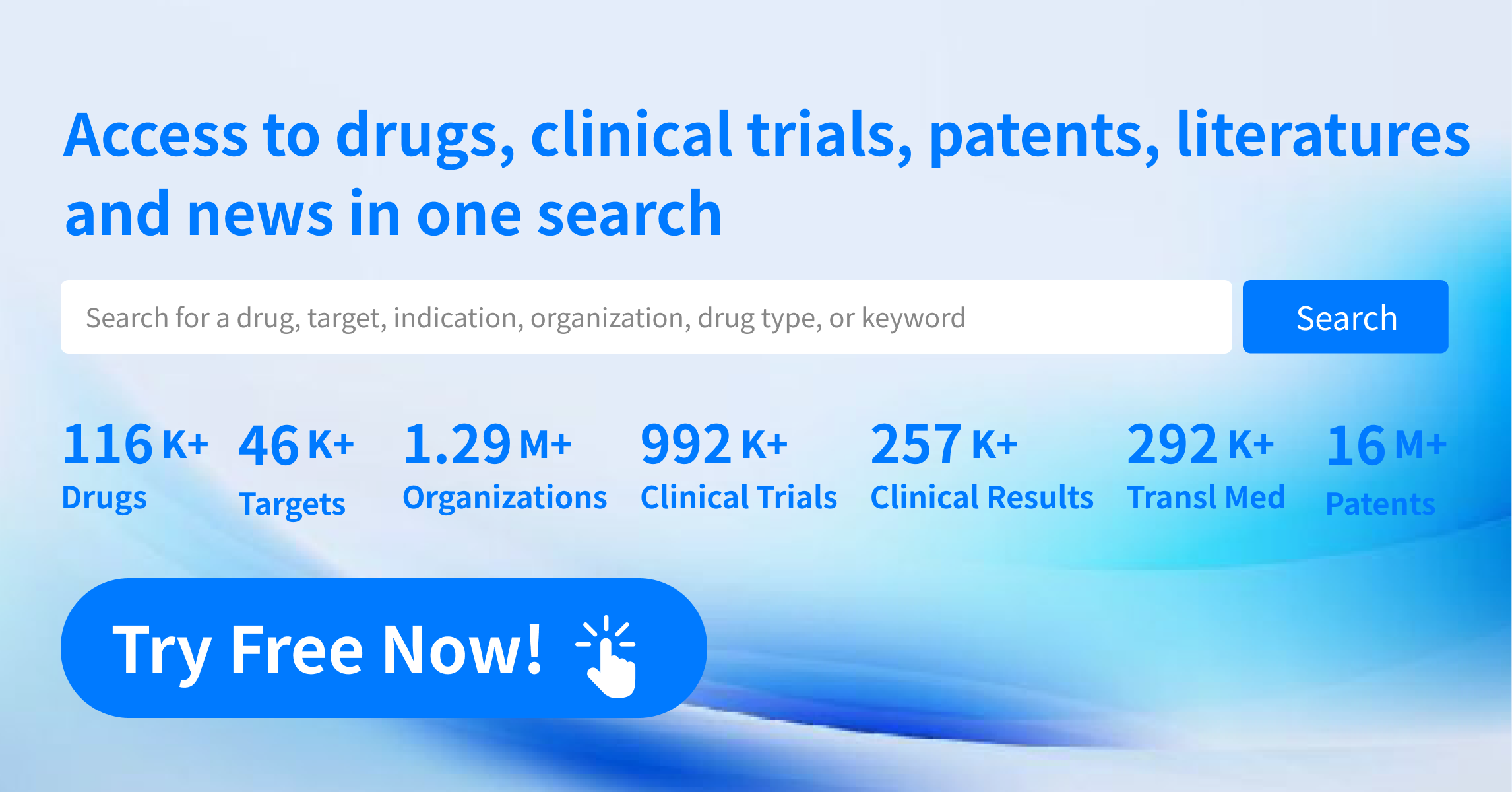Request Demo
FDA Approves Onapgo for Advanced Parkinson’s by Supernus
8 February 2025
The US Food and Drug Administration (FDA) has recently approved Supernus Pharmaceuticals’ Onapgo (apomorphine hydrochloride) injection for the management of motor fluctuations in adults with advanced Parkinson’s disease (PD). This approval marks a significant development in the treatment landscape for nearly one million individuals in the US affected by PD, a progressive neurodegenerative disorder characterized by tremors, muscle stiffness, involuntary movements, and challenges with balance and movement.
Parkinson’s patients often experience transitions from an ‘on’ state, where their motor symptoms are effectively managed with medication, to an ‘off’ state, during which symptoms resurface. Onapgo is designed to address these fluctuations by providing continuous treatment through a wearable subcutaneous infusion device. Using the dopamine agonist apomorphine, this device aims to decrease the amount of ‘off’ time that patients experience.
The novel delivery method of Onapgo, which involves subcutaneous administration, allows the medication to bypass the gastrointestinal tract, directly reaching the brain. This approach is anticipated to result in more predictable improvements in symptoms. Onapgo is projected to become available in the second quarter of 2025.
The FDA’s approval was based on positive outcomes from a late-stage clinical trial. Results demonstrated that Onapgo significantly decreased daily ‘off’ time at 12 weeks from baseline. Patients receiving Onapgo experienced a reduction of 2.6 hours in ‘off’ time compared to a 0.9-hour reduction for those given a placebo. Additionally, those treated with Onapgo reported an increase in daily good ‘on’ time by 2.8 hours, contrasting with a 1.1-hour increase in the placebo group. Furthermore, patients using Onapgo frequently noted improvements in their overall health compared to individuals in the placebo cohort.
Rajesh Pahwa, a clinical trial investigator from the University of Kansas, highlighted the established success of continuous subcutaneous apomorphine infusion, which has been used in Europe for over three decades to provide consistent motor fluctuation control for thousands of patients. He emphasized that the approval of Onapgo offers US patients an alternative to existing treatments, particularly those not responding well to their current regimen. The lightweight and wearable device delivers continuous infusion without necessitating invasive surgery, thereby presenting a less burdensome treatment option.
This authorisation follows just over three months after the FDA approved another continuous PD therapy, Vyalev, developed by AbbVie. Vyalev, a combination of foscarbidopa and foslevodopa, also targets motor fluctuations in adults with advanced Parkinson’s disease. The introduction of Onapgo adds to the array of treatment options available for managing this challenging aspect of Parkinson’s disease, offering hope for improved quality of life for patients experiencing advanced stages of the condition.
Parkinson’s patients often experience transitions from an ‘on’ state, where their motor symptoms are effectively managed with medication, to an ‘off’ state, during which symptoms resurface. Onapgo is designed to address these fluctuations by providing continuous treatment through a wearable subcutaneous infusion device. Using the dopamine agonist apomorphine, this device aims to decrease the amount of ‘off’ time that patients experience.
The novel delivery method of Onapgo, which involves subcutaneous administration, allows the medication to bypass the gastrointestinal tract, directly reaching the brain. This approach is anticipated to result in more predictable improvements in symptoms. Onapgo is projected to become available in the second quarter of 2025.
The FDA’s approval was based on positive outcomes from a late-stage clinical trial. Results demonstrated that Onapgo significantly decreased daily ‘off’ time at 12 weeks from baseline. Patients receiving Onapgo experienced a reduction of 2.6 hours in ‘off’ time compared to a 0.9-hour reduction for those given a placebo. Additionally, those treated with Onapgo reported an increase in daily good ‘on’ time by 2.8 hours, contrasting with a 1.1-hour increase in the placebo group. Furthermore, patients using Onapgo frequently noted improvements in their overall health compared to individuals in the placebo cohort.
Rajesh Pahwa, a clinical trial investigator from the University of Kansas, highlighted the established success of continuous subcutaneous apomorphine infusion, which has been used in Europe for over three decades to provide consistent motor fluctuation control for thousands of patients. He emphasized that the approval of Onapgo offers US patients an alternative to existing treatments, particularly those not responding well to their current regimen. The lightweight and wearable device delivers continuous infusion without necessitating invasive surgery, thereby presenting a less burdensome treatment option.
This authorisation follows just over three months after the FDA approved another continuous PD therapy, Vyalev, developed by AbbVie. Vyalev, a combination of foscarbidopa and foslevodopa, also targets motor fluctuations in adults with advanced Parkinson’s disease. The introduction of Onapgo adds to the array of treatment options available for managing this challenging aspect of Parkinson’s disease, offering hope for improved quality of life for patients experiencing advanced stages of the condition.
How to obtain the latest research advancements in the field of biopharmaceuticals?
In the Synapse database, you can keep abreast of the latest research and development advances in drugs, targets, indications, organizations, etc., anywhere and anytime, on a daily or weekly basis. Click on the image below to embark on a brand new journey of drug discovery!
AI Agents Built for Biopharma Breakthroughs
Accelerate discovery. Empower decisions. Transform outcomes.
Get started for free today!
Accelerate Strategic R&D decision making with Synapse, PatSnap’s AI-powered Connected Innovation Intelligence Platform Built for Life Sciences Professionals.
Start your data trial now!
Synapse data is also accessible to external entities via APIs or data packages. Empower better decisions with the latest in pharmaceutical intelligence.
